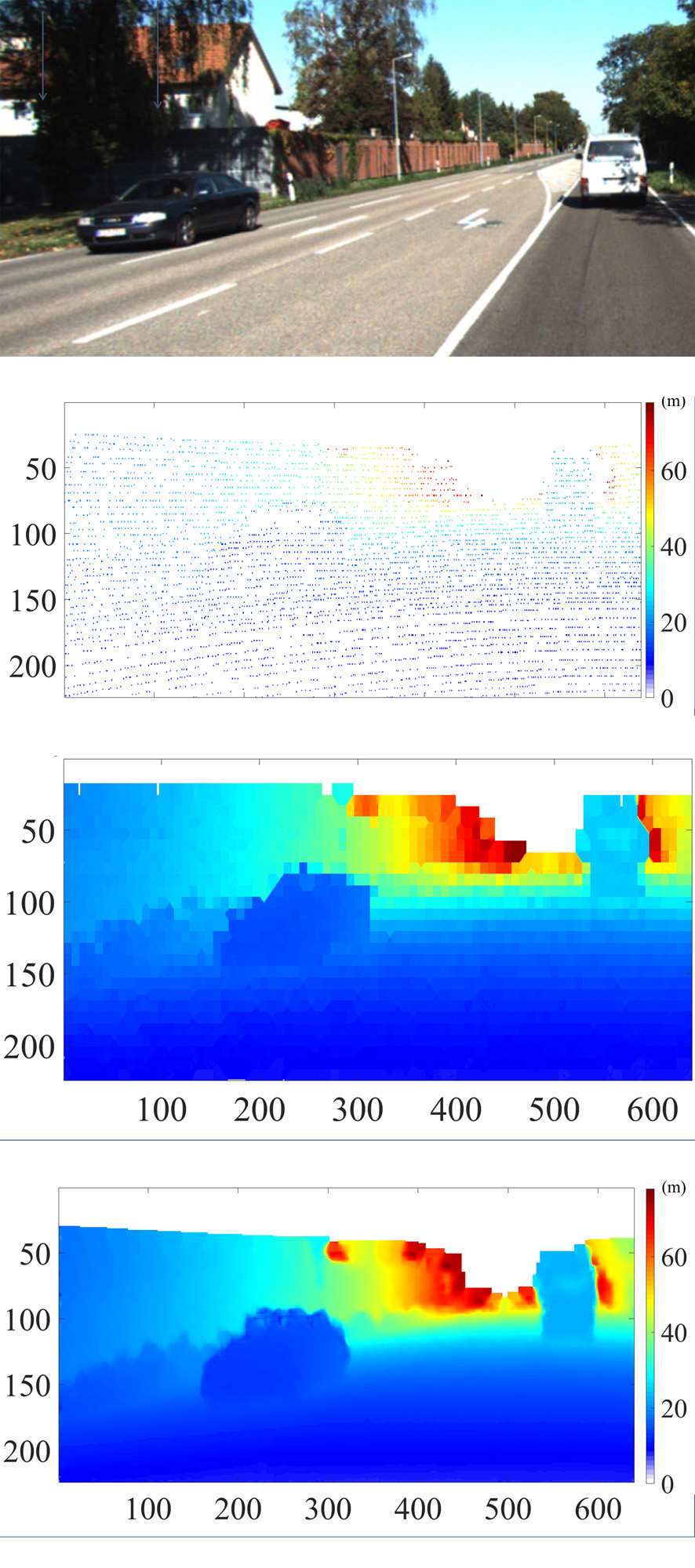LIDAR system with encanced environment perception
Autonomous vehicles need various sensors that serve as their »eyes«, so to say. Indispensable here are LIDAR systems that produce good images even in the dark. A new frequency-modulated LIDAR system combines a long range with good resolution and is also cost-effective, small and energy-efficient.

If cars and other vehicles are to purr autonomously through cities and streets in the future, they will need appropriate sensors to do so. In particular, LIDAR, short for »light detection and ranging«, is likely to be indispensable here due to its high resolution. This method generates images that are similar to those of an optical camera and can be used to distinguish pedestrians, cyclists and other road users. Unlike visual systems, they can do this not only in broad daylight, but also in pitch darkness. What's more, modern LIDAR sensors are able to accurately measure the distance, angle and height of objects and even their speed with much less computing power – so they can provide greater safety and efficiency on the road. Typically, however, the range of LIDAR systems comes at the expense of resolution: while long-range LIDAR systems can look far but have low resolution, it's the other way around for short-range systems.
High resolution, long view
In the collaborative Fraunhofer PREPARE project MELINDA, Fraunhofer FHR, Fraunhofer ISIT and Fraunhofer HHI are developing a fiber-based 2D-microelectromechanical scanning LIDAR system that scores both with a long range of up to 250 meters and with a high horizontal and vertical resolution of 0.1 degrees. The system thus combines the advantages of long- and short-range LIDARs. It is also cost-effective, compact and energy-efficient. Another special feature is that the LIDAR system developed uses frequency-modulated illumination and a special coherent detector that mixes the signal reflected back from the object with that from the coherent laser. In this way, both amplitude and phase information can be used – so the result is not only more accurate distance information, but also data on the speed of the objects seen.
Fraunhofer FHR is dedicated to the reconstruction of dense depth maps from sparsely scanned scenarios: instead of illuminating all points in the field of view, this LIDAR system deliberately leaves numerous gaps – this allows the scanning speed to be significantly increased, which is extremely important for recognizing dynamic road scenes. Naturally, the resulting point clouds are also full of gaps. The missing points are reconstructed as best as possible using appropriate data processing, more specifically compressed sensing and deep learning methods. With success: Five percent of the pixels are sufficient to reconstruct an image – so instead of 10000 pixels, 500 are enough! The research team is currently working on the development of a demonstrator of the LIDAR system.